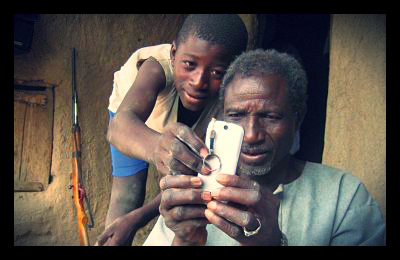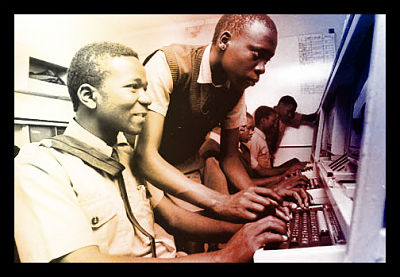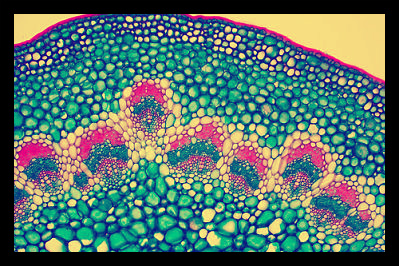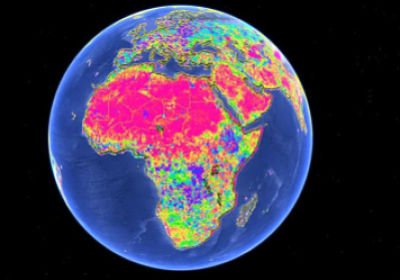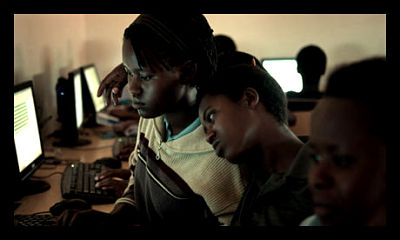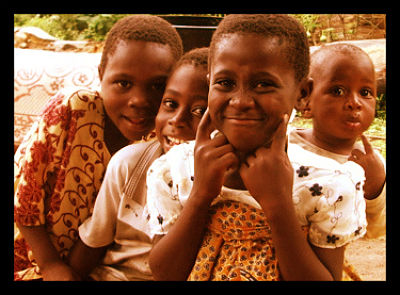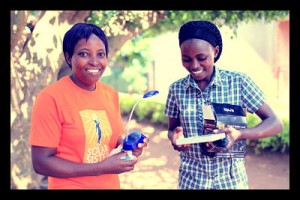
Approximately 5% of the rural population in sub-Saharan Africa enjoys access to electricity. In an area where sunlight is abundant, solar power is an excellent alternative energy selection. Solar Sister, a registered nonprofit organization dedicated to empowering women through solar power, chose to develop the solar-tech industry in sub-Saharan Africa and is taking a unique approach in doing so.
Inspired by Avon cosmetics’ style of distribution system where one woman distributes products by contacting her network of family and friends, the Solar Sister program provides a unique, single-investment approach to social entrepreneurship in sub-Saharan Africa. Because the network is built on connections between women, the program can extend to rural communities, places traditionally untouched by energy companies.
The startup kit — the “business in a bag” — that each new entrepreneur receives includes everything each woman needs to start her own business in solar-powered innovation technology. The capital provided by Solar Sister gives each member of the community the funds to get started at only $500 a bag. Micro-financing from individual donors combined with corporate investments make up the organization’s capital for these investments and are eventually paid back by the women involved.
Being a part of the Solar Sister team provides much needed income to women and their families by investing in women on a micro-financing level. As indicated on the Solar Sister website, $1 invested generates $46 for the solar sister and her customers in the first year alone. And not only does the organization’s investment empower women to build both family and community, it also falls in line with the global green movement to move away from traditional energy sources, such as kerosene.
The Solar Sister program addresses two major issues in sub-Saharan Africa in their alternative energy-based solution to poverty. To support the initiative, help the environment, and invest in women’s empowerment, click here.
– Herman Watson
Source: Avon, Solar Sister
Photo: Kiva


